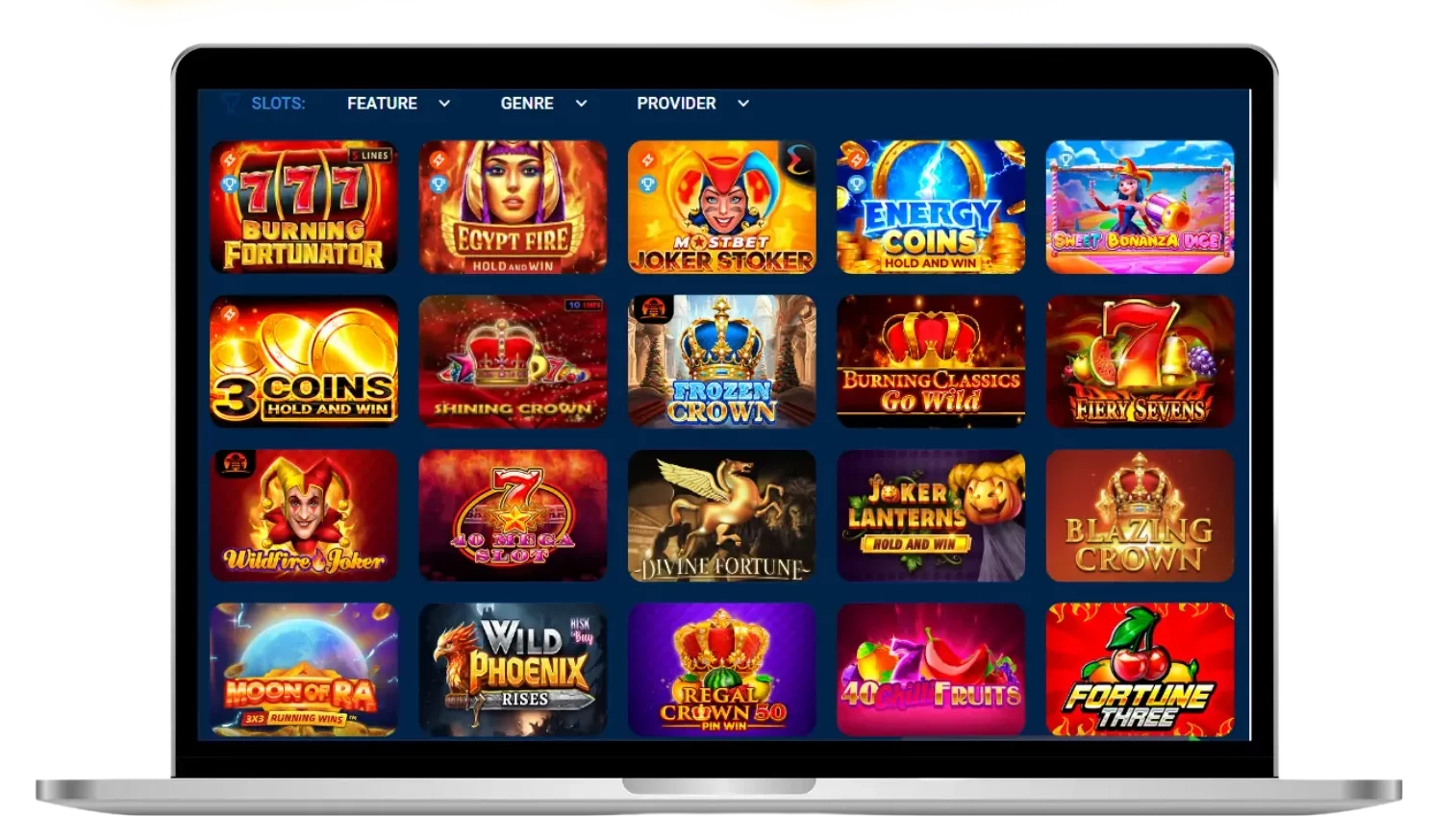Mobile App vs Desktop Software: What’s the Difference? This question is becoming increasingly relevant as technology evolves and our usage patterns shift. With the rise of smartphones and tablets, mobile applications have surged in popularity, offering convenience and flexibility. Meanwhile, desktop software still holds a significant place in professional and creative environments, providing powerful tools and functionalities. Understanding the distinctions between these two platforms can help individuals and businesses make informed decisions that suit their needs.
In this exploration, we’ll delve into the unique characteristics of mobile apps and desktop software, examining their functionalities, user experiences, and the contexts in which each excels. From ease of access to processing power, this comparison will shine a light on how these two mediums serve different purposes and audiences in today’s digital landscape.
In today’s fast-paced world, the importance of effective communication cannot be overstated. Whether you are in a corporate environment, engaging with clients, or simply interacting with friends, the way you convey your thoughts can significantly impact outcomes. This article aims to explore the nuances of communication, emphasizing the need for clarity, empathy, and adaptability in various contexts.At its core, communication is the process of sharing information, ideas, and emotions.
It transcends mere verbal exchanges; it encompasses body language, tone of voice, and non-verbal cues. In professional settings, clear communication is essential for teamwork and collaboration. Misunderstandings can lead to errors, decreased productivity, and strained relationships. Therefore, honing your communication skills is not just beneficial; it is necessary for success.One of the key aspects of effective communication is clarity. When you communicate clearly, you reduce the chances of misinterpretation.
This involves using simple language, organizing your thoughts logically, and ensuring that your message is concise. For example, when drafting an email to a colleague, it is crucial to state your purpose early on, provide necessary context, and Artikel any required actions. By doing so, you pave the way for a more productive dialogue.In addition to clarity, empathy plays a vital role in communication.
Empathy involves understanding and acknowledging the feelings and perspectives of others. When you approach conversations with empathy, you create an environment where individuals feel valued and understood. This is particularly important in conflict resolution. Instead of escalating tensions, empathetic communication can lead to productive discussions and collaborative problem-solving. For instance, if a team member expresses frustration over a project, taking the time to listen and validate their concerns can foster trust and encourage open communication.Adaptability is another crucial element of effective communication.
Different situations and audiences may require varying styles of communication. For instance, the tone and language you use in a formal presentation will differ from those used in casual conversations with friends. Being adaptable means recognizing these differences and adjusting your approach accordingly. In a business meeting, for example, it is essential to maintain professionalism, using appropriate terminology and a respectful tone.
Conversely, when catching up with friends, a more relaxed and informal style may be more effective in fostering connection.Moreover, active listening is an indispensable skill that complements clear and empathetic communication. Active listening involves fully concentrating on what is being said rather than passively hearing the words. This means engaging with the speaker through nodding, maintaining eye contact, and providing feedback.
When individuals feel heard, they are more likely to reciprocate, leading to a more fruitful exchange of ideas. Practicing active listening not only enhances understanding but also builds rapport and strengthens relationships.In addition to verbal communication, non-verbal cues play a significant role in how messages are received. Body language, facial expressions, and gestures can convey messages just as powerfully as spoken words.
For instance, maintaining an open posture and making eye contact can signal confidence and engagement. Conversely, crossed arms or lack of eye contact may be interpreted as disinterest or defensiveness. Being mindful of your non-verbal signals can enhance your overall communication effectiveness.To put these principles into practice, it is essential to cultivate self-awareness. Reflect on your communication style and consider how it may be perceived by others.
Are there areas where you can improve? Are you inadvertently sending mixed signals? By being mindful of your own behaviors and tendencies, you can make adjustments that enhance your communication effectiveness.Another important aspect to consider is cultural differences in communication. Different cultures may have varying norms and expectations when it comes to communication styles. For instance, some cultures value directness and assertiveness, while others may prioritize harmony and indirect communication.
When engaging with individuals from diverse backgrounds, it is crucial to remain open-minded and respectful of these differences. Taking the time to understand cultural nuances can help you avoid misunderstandings and build stronger connections.As we navigate the complexities of communication, it is essential to remember that it is a two-way street. While conveying your message effectively is important, being receptive to feedback and willing to adapt is equally vital.
Encourage open dialogue by inviting questions and clarifications. This not only demonstrates your willingness to engage in meaningful conversations but also fosters an atmosphere of collaboration and problem-solving.In conclusion, effective communication is a multifaceted skill that encompasses clarity, empathy, adaptability, and active listening. By honing these skills, you can enhance your interactions both personally and professionally. Remember that communication is not just about speaking; it is about creating connections and fostering understanding.
As you continue to develop your communication abilities, you will undoubtedly find that the quality of your relationships and your overall success in various endeavors will improve significantly. So, take the time to reflect on your communication style, embrace feedback, and strive for continuous growth in this essential area of life. Your efforts will be rewarded with richer interactions and a greater sense of fulfillment in your personal and professional relationships.





